Emergency garage door issues can often be fixed quickly if you know the right steps. This article will guide you through easy fixes and important safety tips for maintaining emergency garage doors. This will help ensure they work properly when you need them most.
Quick Fixes for Common Problems
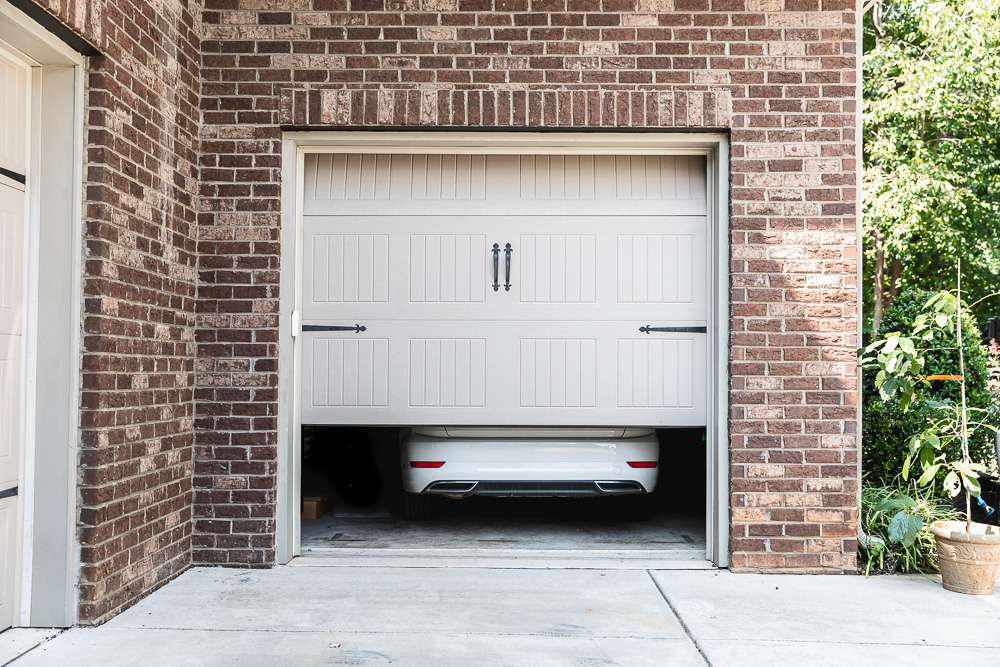 Sometimes, garage doors can be stubborn. They may refuse to move or make loud noises when they do move. Don’t worry – there are quick fixes for these problems.
Sometimes, garage doors can be stubborn. They may refuse to move or make loud noises when they do move. Don’t worry – there are quick fixes for these problems.
Stuck Garage Door
A stuck garage door is a common problem for many homeowners. It usually means something is not working correctly, like a bent track or an unbalanced door.
- Check if the door seems unbalanced. Lift the garage door halfway and see if it stays in place or slides down.
- Inspect the tracks for bends or gaps that might prevent the door from moving smoothly. Sometimes, simply realigning the tracks can fix the issue.
- Look at the springs to see if any are broken. A single broken spring can disrupt the entire system.
- Clean and align the photo-eye sensors. Dirt or misalignment can cause the door to stop moving.
- Test the remote control batteries. Dead batteries are often mistaken for bigger issues with garage doors.
Disruptive Noise Issues
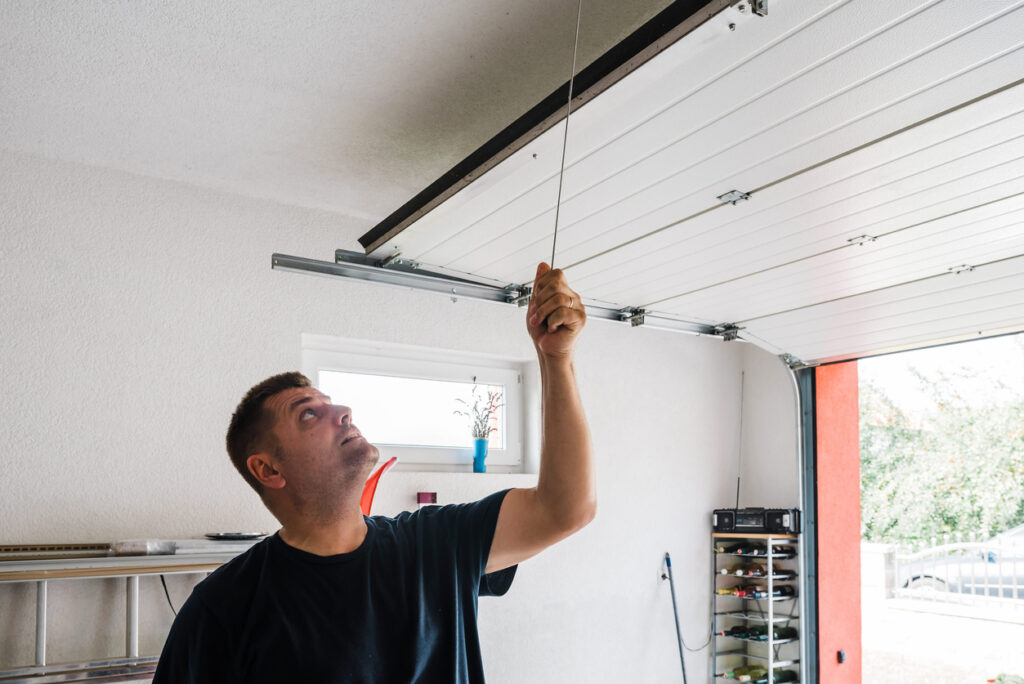 Loose nuts and bolts are often the reason behind that racket. A simple check and tightening can work wonders. Over time, garage doors might start squeaking like an old wooden floor. This usually means parts need lubrication or replacement due to wear.
Loose nuts and bolts are often the reason behind that racket. A simple check and tightening can work wonders. Over time, garage doors might start squeaking like an old wooden floor. This usually means parts need lubrication or replacement due to wear.
If the tracks are misaligned, the door won’t move smoothly. It will shake or grind against something, creating unwanted sound effects, making garage door emergency repair crucial in addressing these issues promptly. Broken springs make themselves known through loud bangs or snapping sounds. They are vital for lifting the door, so when damaged, it’s not just noise you’ll worry about but safety too.
Remote Malfunctions
- Check the batteries: dead batteries often cause remote failures. Replace them with new ones.
- Clean the safety sensors: A beeping opener may mean dirty or misaligned sensors, wipe them clean and ensure they point directly at each other.
- Reset the remote settings: Sometimes, all your remote needs is a little fresh start.
- When all else fails, call in the pros. Some issues are just too complex for a quick tutorial fix and professionals can handle repairs.
Essential Preventative Maintenance Tips
Keeping your emergency garage doors in top shape means doing a bit of homework—like regular check-ups and some grease work. It’s about staying one step ahead so those doors open smoothly when you really need them to, without any hiccups or surprises.
Regular Inspections
Regular inspections of garage doors are crucial for keeping things running smoothly and safely. They help catch small problems before they turn into big, costly ones.
- Look over all the parts twice a year. This means checking springs, cables, rollers, and other hardware for signs of wear and tear.
- Test the auto-reverse feature. It’s a safety must-have that stops the door if something is in its way.
- Inspect the garage door opener and its batteries. No one wants to get stuck outside in the rain or snow.
- Check the tracks for any dents or alignment issues that could hinder smooth operation.
- Lubricate moving parts regularly with a silicone-based lubricant to keep everything working quietly and efficiently.
- Make sure all bolts and screws are tight so nothing gets loose during use.
- Checking safety features like sensors work properly adds another security layer for everyone nearby.
Regular checks can greatly reduce garage incidents, making these routine inspections an important part of home maintenance plans.
Lubrication of Moving Parts
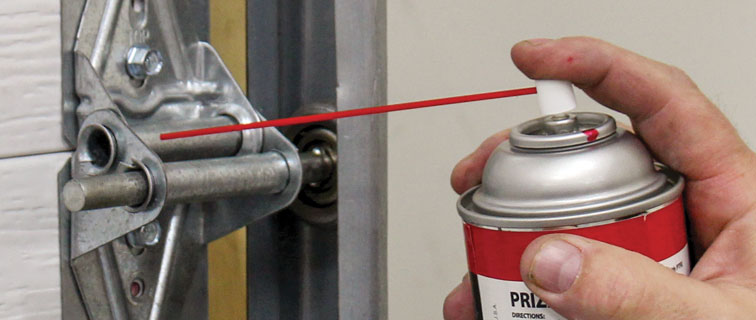 Lubricating a garage door’s moving parts is key to keeping everything running smoothly. High-quality lubricants like white lithium grease or spray lubricants should be used at least twice a year for this task.
Lubricating a garage door’s moving parts is key to keeping everything running smoothly. High-quality lubricants like white lithium grease or spray lubricants should be used at least twice a year for this task.
- Choose the right lubricant. White lithium grease or silicone-based sprays work wonders for moving parts.
- Make it a date twice a year. Mark your calendar for some garage door care every six months. This way, you won’t forget to give those hinges and rollers the attention they need.
- Focus on hinges, rollers, and tracks. These do all the hard work, so they need extra care.
- After putting grease on, wipe off any extra with a cloth. That stops dirt from sticking to the grease.
- Spray grease right on the hinges where they move. That helps them work smoothly.
- Grease the rollers too, but not nylon wheels. Focus on the bearings unless they’re sealed and don’t need grease.
Checking Auto-Reverse Feature
The auto-reverse safety stops the door if something’s in the way when closing. It senses things and reverses to avoid accidents. Owners must check the auto-reverse feature regularly. They can place a roll of paper towels under the door. If the door reverses after touching the object, it is working correctly.
If it does not reverse, they need to adjust it or call a professional. Keeping this feature in good condition helps prevent accidents. It gives peace of mind that the garage door will not close on something or someone it should not.
Proper Use and Storage of Remote
After ensuring the auto-reverse feature works properly, focus on the garage door opener remote. It is essential for smooth operation and lasting a long time. Sunlight and extreme temperatures can damage the remote’s inner parts.
So, find a cool, dry spot away from windows to keep it safe. Humidity is another enemy, moisture could cause electrical problems, so keep that remote dry
For safety and convenience, store the garage remote in a spot that is easy to reach but out of kids’ reach – we all know kids love to press buttons.
To conclude
Maintaining your emergency garage doors is a simple task. Easy fixes like oiling noisy parts and checking the remote control can help keep them working well. But, safety is the most important thing – never let kids play near these heavy doors and call professionals for any issues that seem too difficult to handle.
Also, remember, a quick monthly check-up can prevent bigger problems from happening. So, get that maintenance checklist and give your garage door some attention.

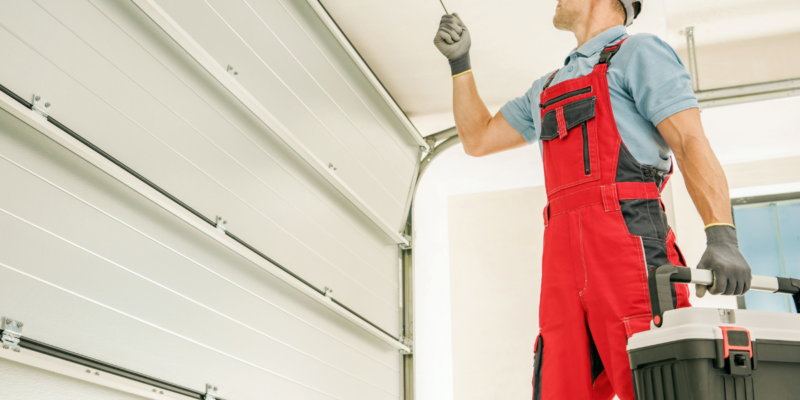
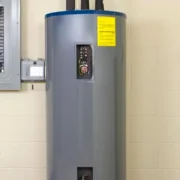

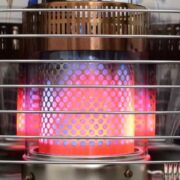


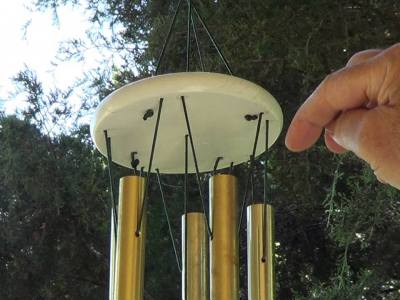
Comments